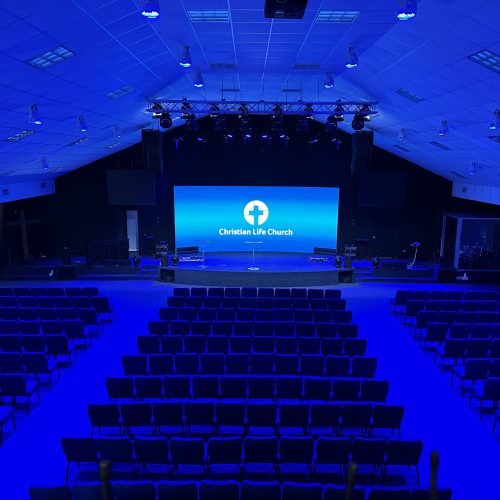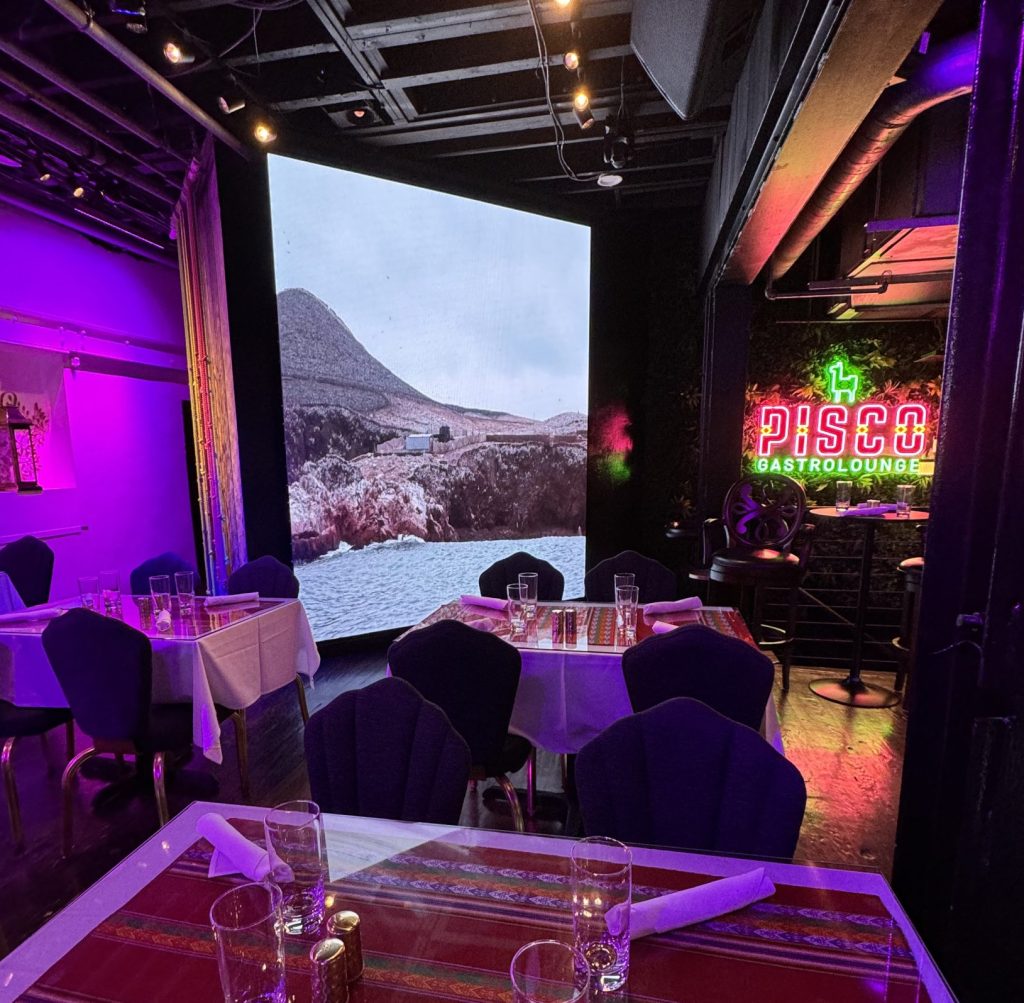How Big is an LED Screen and How the Aspect Ratio Affects your Content?
In today’s digital landscape, LED screens have become ubiquitous tools for displaying a wide range of content, from advertisements and presentations to artistic installations and entertainment shows. Understanding the relationship between an LED screen’s size, its aspect ratio, and the impact on content presentation is crucial for ensuring that visuals are displayed accurately and effectively. Let’s delve into how these factors interplay and what considerations should be kept in mind when choosing an LED screen.
LED Screen Basics: Size and Modularity
LED screens are constructed using modular panels, typically measuring 500 by 500 millimeters (approximately 19.68 by 19.68 inches). These panels can be combined in various configurations to create screens of different sizes and shapes. While this modularity provides flexibility in screen dimensions, it also imposes constraints based on the fixed panel size.
Aspect Ratio Overview
Aspect ratio refers to the proportional relationship between the width and height of a screen. Common aspect ratios include 16:9 (widescreen), 16:10, and others. The aspect ratio directly influences how content is displayed, as mismatched ratios can result in stretching, squishing, or cropping of images and videos.
Impact of Aspect Ratio on Content Display
Let’s explore the impact of different aspect ratios on a variety of LED screen sizes commonly used in various applications:
1. 8.2' x 5' Screen (Approx. 16:10 Aspect Ratio)
- Aspect Ratio Compatibility: Slightly taller than 16:9.
- Content Display: When displaying 16:9 content, there is slight vertical stretching. While this size generally works well for 16:9 content, slight distortion may be noticeable.
2. 9.8' x 5' Screen (Approx. Wider Aspect Ratio)
- Aspect Ratio Compatibility: Wider than 16:9.
- Content Display: Horizontal stretching of 16:9 content can lead to a squished appearance. This aspect ratio is less ideal for maintaining original proportions of standard content.
3. 9.8' x 6.6' Screen
- Aspect Ratio Compatibility: Closer to 16:9
- Content Display: 16:9 content fits well with minimal distortion. This aspect ratio maintains the intended proportions of standard content effectively.
4. 11.5' x 6.6' Screen
- Aspect Ratio Compatibility: Slightly wider than 16:9.
- Content Display: 16:9 content fits well, showing minimal stretching. This size is suitable for wider content formats without significant distortion.
5. 13.1' x 6.6' Screen
- Aspect Ratio Compatibility: Slightly wider than 16:9.
- Content Display: 16:9 content fits adequately, with slight stretching. This size accommodates wider content formats effectively.
6. 13.1' x 8.2' Screen
- Aspect Ratio Compatibility: Taller than 16:9.
- Content Display: Minor vertical stretching of 16:9 content may be noticeable. This size is suitable for content requiring a taller display area.
7. 14.7' x 8.2' Screen
- Aspect Ratio Compatibility: Slightly taller than 16:9.
- Content Display: 16:9 content fits well with slight vertical stretching. This size balances width and height effectively for most standard content.
8. 16.4' x 8.2' Screen (Approx. 16:9 Aspect Ratio)
- Aspect Ratio Compatibility: Matches 16:9.
- Content Display: Ideal for displaying 16:9 content without noticeable distortion. This size ensures that content appears as intended in terms of proportions.
Conclusion
Choosing the right LED screen involves considering both its size and aspect ratio to ensure optimal display of content. While larger screens provide more visibility, the aspect ratio determines how well different types of content will be presented. For instance, screens closer to the 16:9 aspect ratio minimize distortion when displaying standard video content.
By understanding these factors and their implications, users can make informed decisions when selecting LED screens for various applications, whether for commercial advertising, live events, or digital signage. This knowledge ensures that content creators and viewers alike experience visuals in their intended format, maximizing impact and engagement.
In conclusion, the interplay between LED screen size and aspect ratio underscores the importance of compatibility with content types, ensuring that what is displayed is not only visually appealing but also faithfully represents the creator’s vision.
At SV Solutions, we recognize the significance of
crafting unforgettable experiences through seamless events.






















